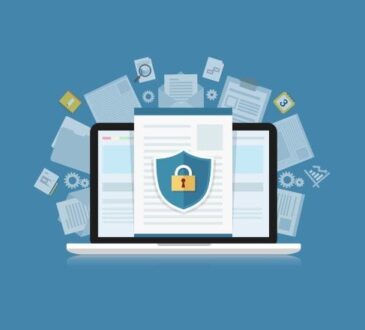
If you’re perplexed by the IoT platform, be assured that you’re not alone. Numerous Product Leaders are confronted with similar issues and obstacles. This essay will provide a feasible path toward IoT platforms. It consists of the following:
What is an Internet of Things platform, and why do you require one?
How Internet of Things platforms integrate into your whole product procedure
The different IoT platform categories across the IoT innovation stack
Consider the following points while selecting an IoT platform.
Step-by-step guidelines for deciding whether to build or purchase your IoT platform.
What is an Internet of Things platform?
Consider the Internet of Things (IoT) platform, which consists of a collection of physical things that serve as the building blocks for your device, communicating and exchanging data with other systems and devices over the Internet. IoT platforms give the ‘foundation’ upon which you may build the specific highlights of your response.
The purpose of an IoT platform is to provide all non-exclusive usefulness to your application, allowing you to focus on developing features that differentiate your product and provide an incentive for your customers.
By acquiring management of the non-separated usefulness, IoT platforms help you in lowering your development risk and expense and expediting your item’s optimal time to market.
When people discuss IoT platforms, they frequently descend into technical jargon such as vehicle conventions, rules motors, and information lakes. While such considerations are critical and need careful consideration, they do not clearly define how an IoT platform might assist you.
How about we break out the key functions that an IoT device must do, along with the capabilities that your IoT platform should provide. An IoT device must meet the following requirements:
Sensors ensure the authenticity of data.Conduct a local examination of information (edge processing)
Connect to the cloud to exchange data and receive orders.
Cloud-based data storage
Dissect cloud data to create knowledge bits
Arrange the “items” in order to fulfil specific assignments based on experiences.
Provide clients with tidbits of wisdom
Additionally, there are critical “background” capabilities that IoT platforms should provide:
Carry out all actions throughout the IoT innovation stack in a safe manner.
Recognize and manage all of your IoT devices (at scale)
In light of this refined depiction, a reasonable IoT platform ought to incorporate the gadgets and framework required to manage as many of these tasks as possible given the circumstances.
For instance, if your Internet of Things platform is fantastic on paper but does not enable you to transfer data from devices to the cloud, you are left with a huge gap. Practically speaking, your product will very certainly use many IoT platforms; however, more on that later in this piece.
How to Integrate IoT Platforms into Your Product Strategy
Prior to delving into product development and IoT platform selection, you must verify that you have a solid IoT product workflow in place.
A robust method should cover the following three areas:
Attractiveness (does the market require your product?)
Reasonability (do you have a plan in place to bring cash in with your item?)
Convenience (could you assemble your item?)
IoT systems contribute to your practicality by expediting and mitigating risks associated with your development engagement.
However, keep in mind that potential should be evaluated once allure and feasibility have been established. Prior to developing your product, you must confirm that you are addressing a genuine customer pain point and that your solution will result in financial gain.
Recognize the Numerous Types of IoT Platforms
IoT products are perplexing due to the fact that they require the integration of several components across the five levels of the IoT innovation stack.
Given this complexity, it is unlikely that a single IoT platform would cover all aspect of the IoT innovation stack. As a result, you will want a variety of different IoT systems to cover the whole range.
The most well-known categories of IoT platforms are as follows:
Cloud computing platforms (a.k.a. application enablement platforms)
Platforms for IoT availability
Platforms for IoT gadgets
Platforms for investigation




